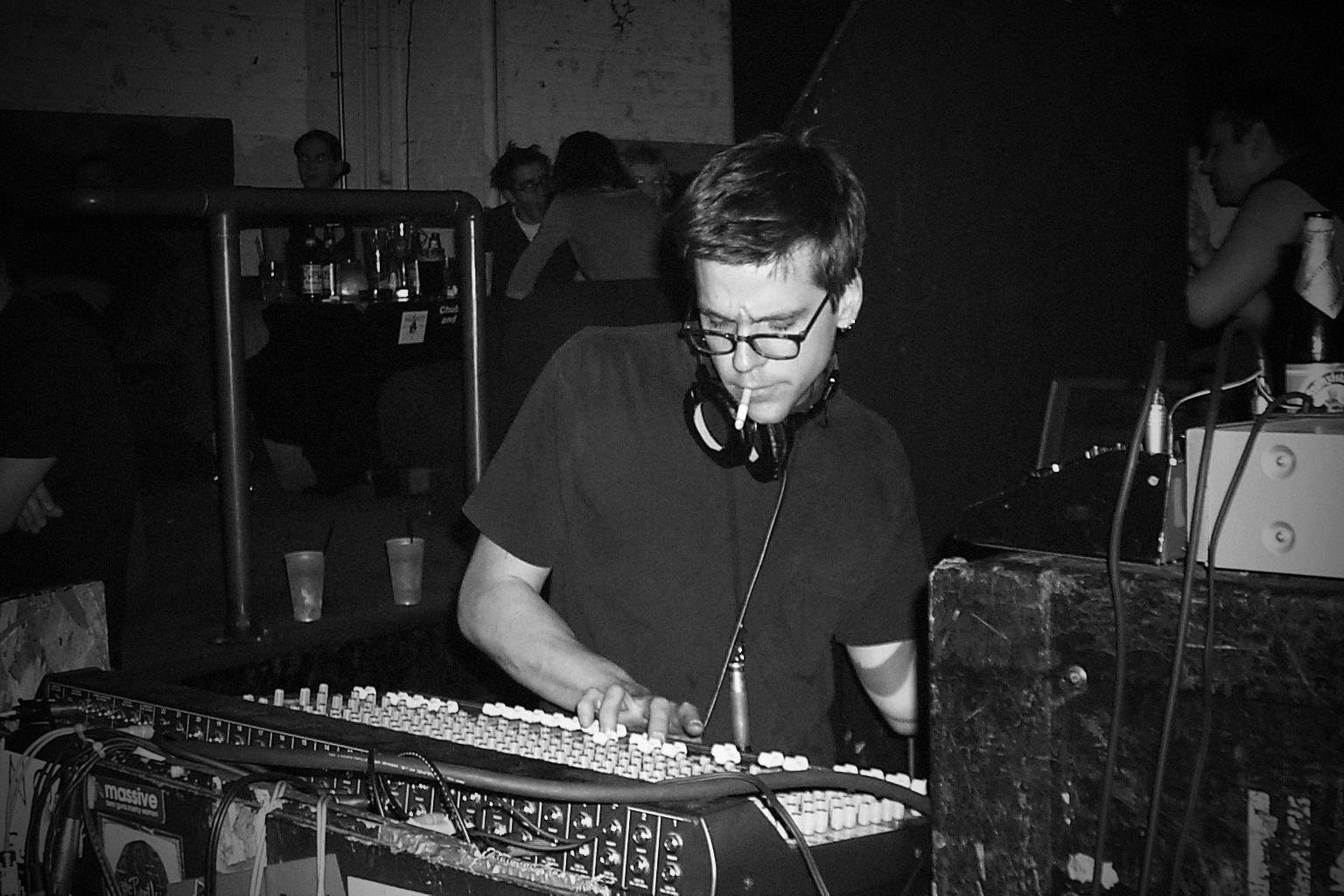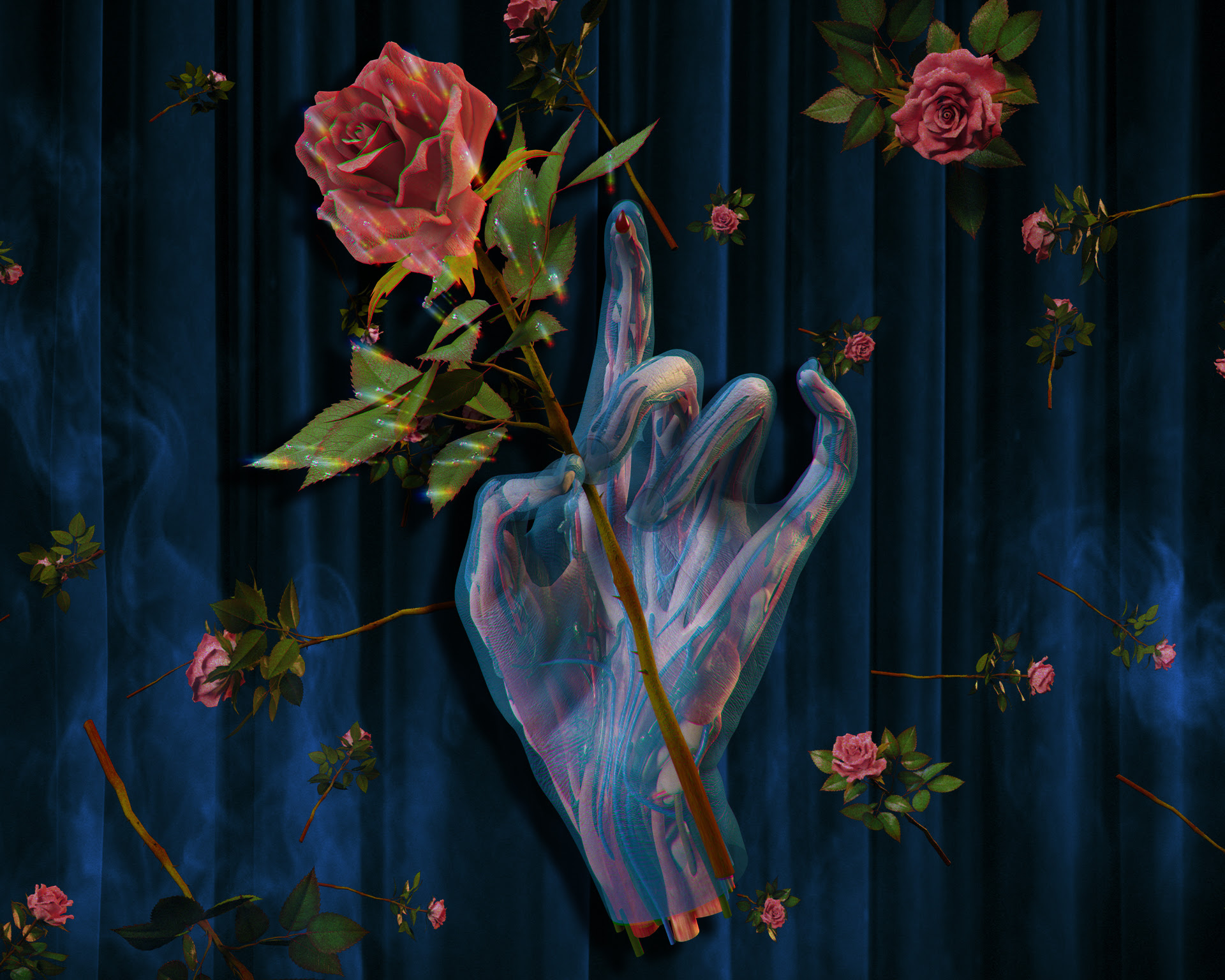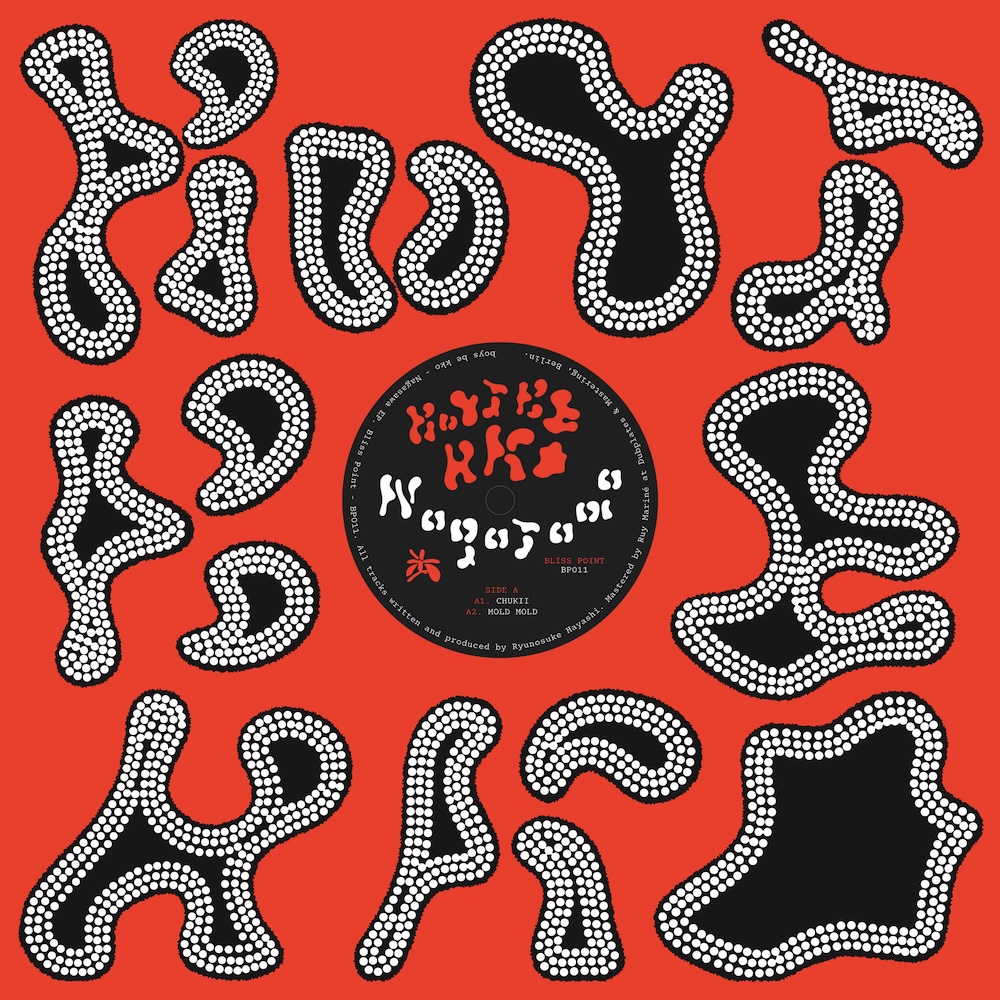Designer: Wednesday Alternative Mix & Interview

After spending much of the past 15 years working with some of Australia’s most revered rock and roll artists, Casey Rice has reactivated his electronic music project Designer on a two-track collaborative release with Four Tet. We asked him to record a mix for Ransom Note and talked shop. Listen & Read Below:
Casey Rice is late. Not hours late, more Scott Asheton/Rock Action-back-of-the-beat late. And Rice can't stand lateness. Apologetic, he launches into a wild tale of an evening that began watching old collaborators, the Dirty Three, at Sugar Mountain before ending up on a friends lounge room floor. "It's been some time since I've had a night like that," he grimaces.
Rice talks in low, sleepy Ohio tones and it soon becomes obvious he doesn't much like talking about himself.
In a far corner of an off-street cafe behind David Jones in Melbourne's CBD, he's happier discussing the plight of various local bands and characters – people he's recorded or admired. He recently enjoyed seeing Courtney Barnett for the first time, though warns against the "bloodsucking vampire bandwagon-jumpers."
The outburst serves as a good leaping point for his own career.
Based here since 2002, Casey is arguably best known outside of Australia for playing a major role in Chicago’s rock and experimental scene throughout the 90’s; touring and recording with Tortoise, Liz Phair, Joan of Arc and others, as well as producing his own electronic music under the moniker Designer.
He’s spent the past 14 straight years working with countless Australian artists as a producer, engineer, mixer, extra musician and arbitrator. There’s a gaggle of Melbourne acts that owe a great deal to Casey’s ear, though his unwavering commitment to servicing other acts has come at the cost of Designer – the project relegated to a state of near-limbo for over a decade.
“I ended up finding a way of living whereby I was always in service to other people’s music.”
January 2016 marked the release of brand new Designer music. A long-standing friendship with Kieran Hebden aka Four Tet led to a spontaneous collaboration in the Australian summer of 2014 and the reactivation of Designer through a new two-track EP via Hebden’s own Text imprint.
When did you first start making your own music?
I had a hardcore band in Ohio in the 80s called Painful Discharge. Terrible name. I quit because I wasn’t into super long hair, basketball shoes and shredding leads. Then I formed this arty noise rock band called IDF with Kurt Kellison (founder of Atavistic Records) filmmaker Paula Froehle and Elliot Dicks who engineers for Shellac and Tortoise. IDF made two records in Ohio in ’86 and ’87 with this wannabe Swans/Psychic TV/TG acid-eating DIY aesthetic. We made tapes and sold stuff through Ron Lessard (RR Records).
When did you move to Chicago?
1988. It was cheap. If you wanted to be the vanguard of gentrification as a white dude, you could live in a poor neighbourhood for fuck all.
Was Chicago house a big part of your world then?
It was there but I wasn’t connected to that world until later. Back then I was playing in this wannabe Detroit-rock sounding band called Dog – too rock for the punks and too punk for the rockers. It was a weird fit and it never really went anywhere. We put out an album and a couple of singles and that was that.
When did you start experimenting with electronic music?
I played with Liz Phair for a while and worked on a couple of her records as an engineer and guitar player. Exile In Guyville came out in ‘93 and she got a lot of attention. All of these assholes started coming out of the woodwork and jumping on the bandwagon. It wasn’t good, dude. I got pretty disillusioned with what it meant to play in a band right at the height of alternative rock. I left the group around the same time an English friend introduced me to drum and bass. I remember hearing it for the first time wondering what the fuck it was – this crazy music I’d never heard before. I’d been living in Chicago but missed this whole other world of music that was happening there. The scene was more like reggae or punk rock – they had their own thing with their own labels, their own radio stations and it just felt wildly original. I was just into it so I started buying the records and DJing. I’d made the decision not to be in this corporate alternative rock band and instead make more experimental music – the move was very reactionary.
The first Designer single Vandal came out in ‘95.
I was thinking about what constituted that record. I had actual people like Bundy Brown and Johnny Herndon (Tortoise) playing instruments on it. It started with Bundy and I jamming on a sampler with bass and drums. He played the bass and we taped it. Its not like now where you can make music on computer at home. I didn’t even use midi. It was like early sampling with synchronization – playing stuff off a sampler with a key and recording to tape. If you messed it up you’d roll it back and drop it in again.
The b-side Larson is related to an art thing that my friend D'Nell Larson did post-art school in Chicago. I did music for her installation and the track on the record is a reconfiguration of that. The record came out on Organico – the label started by Matt Adell who went on to become the CEO of Beatport.
What was it like working with Derrick Carter on the Sound Patrol Orchestra record Tripping Among The Stars (1997)?
That was a big deal for me and I’m really proud of that record. It’s got a real heavy-duty house vibe, but Derrick wanted to do it with a full live band. We got some session guys Earl Talbot and Charlie to record it with Chez Damier, DJ Heather and Derrick doing the vocal. I also did a remix to tape, too – a real nice dub mix. No computers. That session was also the only time I ever smoked pot on a job. I remember it was what was required at the time. I’ve never smoked that much weed in my life. It was a total weed-drenched session.
The next Designer record was a 12” that came out on Stereolab’s label Duophonic in 2001.
Tortoise played tons of shows with Stereolab. I used to DJ before the bands and play drum and bass. Martin Pike (Stereolab’s manager) and Tim Gane asked me if I wanted to do a record for Duophonic. It’s a super weird record and was kind of awkward to make. The working title of the A-side was Winter Olympics Theme as it sounded like a cheesy drum and bass Olympics theme song. I went with it. It hurts me to listen to now as all I hear are the things I don’t like about it.
How did you meet Kieran?
I was mixing US band Rex one night in London – probably in the mid 90s – and Kieran’s band Fridge were supporting. He came to Tortoise shows and was just always around. He’s one of the only people I know who has all those Designer records. He’s a total record boffin. He’s got everything and he knows everything about everything. Seriously, he and Dan (Snaith, Caribou) are heavy with what they know about records. It’s beyond my capacity. They’re not trying to be cool, they’re just absolute music tragics. They’ve been relentless all these years.
Dan Snaith made a special request to have Designer support Caribou at their Melbourne show in 2015. Was that your first live performance since 2001?
No I played some shows in the 00’s. I did a tour with Chicago Underground. I did a tour with Joan of Arc. I did a bunch of shows with Tortoise as support. I played with Derek Bailey a couple of times as a duo – at the first ever ATP in 2001 and then at the Museum of Contemporary in Chicago. I played with Nobukazu Takemura as a duo once.
What was the live setup like in the 90’s/early 00’s?
At one point it was a beige Power Macintosh 7600, a big CRT and a keyboard that I used to drive around in the back of a van. I remember carrying that thing around and being laughed at. Setting up a computer – this massive fucking beige box – on stage and totally being ridiculed. I heard that “checking your email on stage” joke while you were still in primary school. I got an early laptop when I could afford one, which wouldn’t quite play audio… you had to do all these tricks to get it to play. It was pretty primitive by today’s standards. No fucking Ableton Live bangers by numbers.
What was the process of making Mothers and Dark like with Kieran?
Ha. It was funny and very high tech. When Kieran was in Melbourne in 2014 headlining the Laneway Festival he came over and we did them in a session. He had Ableton running on a laptop with a bunch of his stuff and I had Reason running with a bunch of my stuff. We had both of our computers patched into a mixer and speakers and then we just hit the space bar at the same time until our loops matched up. There was no synchronization at all. We did that until it sounded good, exported it, loaded it into ProTools and edited it.
Dark featured on his BBC Radio 1 Essential Mix with Jamie XX. That’s pretty cool.
Pretty great return to form then for me, isn’t it? And I have him to thank for it.
Will you release any more Designer music?
I guess I should, shouldn’t I? Though I’m old now. The kids using Ableton Live with their quasi-RnB don’t want to listen to someone like me. They’re not interested. I don’t fit in and don’t expect to see any doors being opened by virtue of the fact I did a record with my friend Four Tet. I’m not a cute young person who’s going to take nice pictures and be cute and fashionable and fun. I’m past that point in my life. That’s how it goes. I’m not cool anymore.
Designer + Four Tet – Mothers/Dark is out now on 12” through Text Records.
Photo credit: Kent Henderson. Casey DJ set at “KULTBOX Neu Musik Summit” at Thurston’s, Chicago 1999.


















Must Reads
David Holmes – Humanity As An Act Of Resistance in three chapters
As a nation, the Irish have always had a profound relationship with the people of Palestine
Rotterdam – A City which Bounces Back
The Dutch city is in a state of constant revival
Going Remote.
Home swapping as a lifestyle choice
Trending track
Vels d’Èter
Glass Isle
Shop NowDreaming
Timothy Clerkin
Shop Now